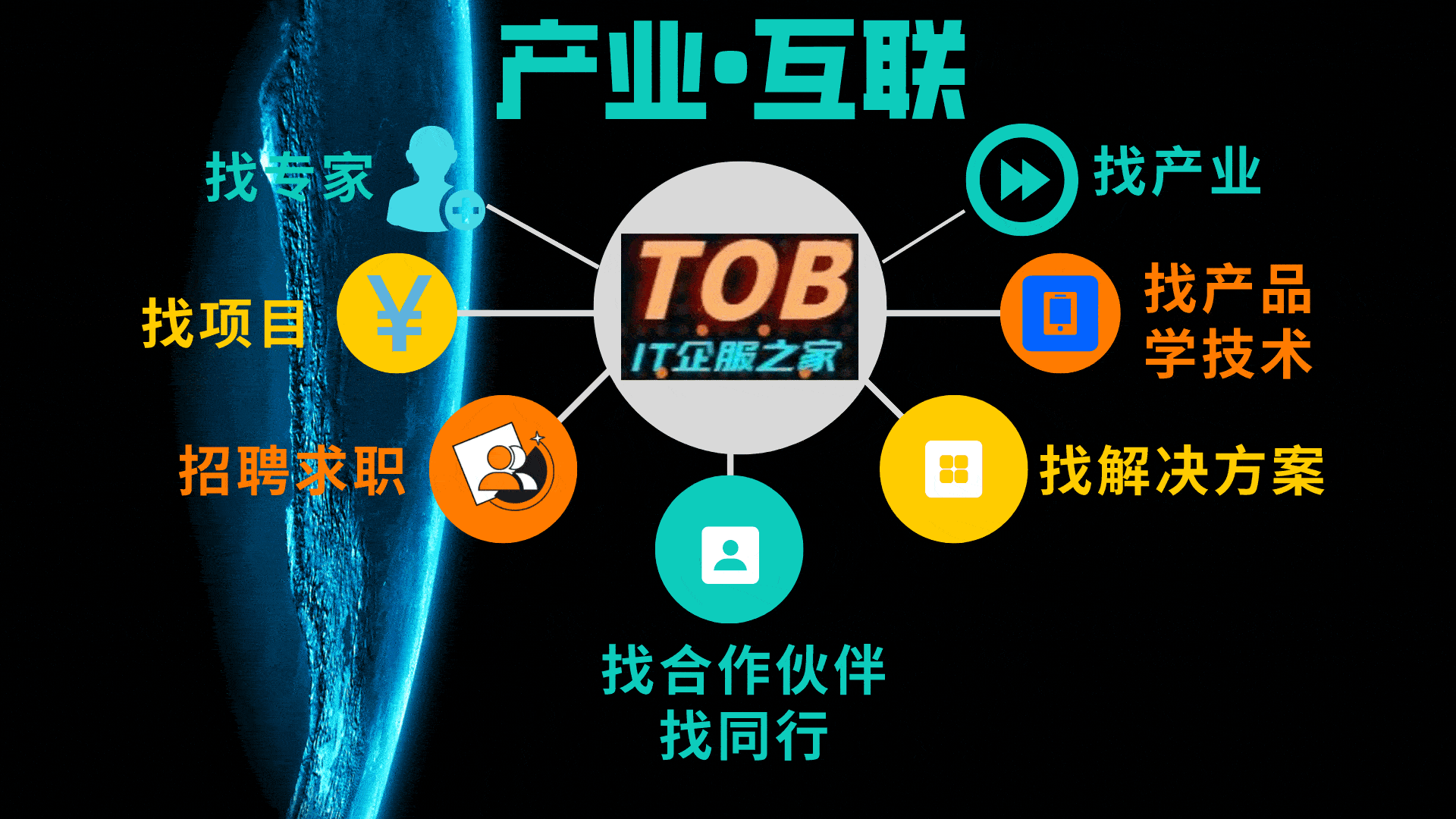Mybatis 作为国内开发中常用到的半自动 orm 框架,相信大家都很熟悉,它提供了简单灵活的xml映射配置,方便开发人员编写简单、复杂SQL,在国内互联网公司使用众多。
本文针对笔者日常开发中对 Mybatis 占位符 #{} 和 ${} 使用时机结合源码,思考总结而来
一. 启动时,mybatis-spring 解析xml文件流程图
Spring 项目启动时,mybatis-spring 自动初始化解析xml文件核心流程

Mybatis 在 buildSqlSessionFactory() 会遍历所有 mapperLocations(xml文件) 调用 xmlMapperBuilder.parse()解析,源码如下

在 parse() 方法中, Mybatis 通过 configurationElement(parser.evalNode("/mapper")) 方法解析xml文件中的各个标签- public class XMLMapperBuilder extends BaseBuilder {
- ...
- private final MapperBuilderAssistant builderAssistant;
- private final Map<String, XNode> sqlFragments;
- ...
-
- public void parse() {
- if (!configuration.isResourceLoaded(resource)) {
- // xml文件解析逻辑
- configurationElement(parser.evalNode("/mapper"));
- configuration.addLoadedResource(resource);
- bindMapperForNamespace();
- }
- parsePendingResultMaps();
- parsePendingCacheRefs();
- parsePendingStatements();
- }
- private void configurationElement(XNode context) {
- try {
- // 解析xml文件内的namespace、cache-ref、cache、parameterMap、resultMap、sql、select、insert、update、delete等各种标签
- String namespace = context.getStringAttribute("namespace");
- if (namespace == null || namespace.isEmpty()) {
- throw new BuilderException("Mapper's namespace cannot be empty");
- }
- builderAssistant.setCurrentNamespace(namespace);
- cacheRefElement(context.evalNode("cache-ref"));
- cacheElement(context.evalNode("cache"));
- parameterMapElement(context.evalNodes("/mapper/parameterMap"));
- resultMapElements(context.evalNodes("/mapper/resultMap"));
- sqlElement(context.evalNodes("/mapper/sql"));
- buildStatementFromContext(context.evalNodes("select|insert|update|delete"));
- } catch (Exception e) {
- throw new BuilderException("Error parsing Mapper XML. The XML location is '" + resource + "'. Cause: " + e, e);
- }
- }
- }
- public class MapperBuilderAssistant extends BaseBuilder {
- ...
- }
- public abstract class BaseBuilder {
- protected final Configuration configuration;
- ...
- }
- public class Configuration {
- ...
- protected final Map<String, MappedStatement> mappedStatements = new StrictMap<MappedStatement>("Mapped Statements collection")
- .conflictMessageProducer((savedValue, targetValue) ->
- ". please check " + savedValue.getResource() + " and " + targetValue.getResource());
- protected final Map<String, Cache> caches = new StrictMap<>("Caches collection");
- protected final Map<String, ResultMap> resultMaps = new StrictMap<>("Result Maps collection");
- protected final Map<String, ParameterMap> parameterMaps = new StrictMap<>("Parameter Maps collection");
- protected final Map<String, KeyGenerator> keyGenerators = new StrictMap<>("Key Generators collection");
- protected final Set<String> loadedResources = new HashSet<>();
- protected final Map<String, XNode> sqlFragments = new StrictMap<>("XML fragments parsed from previous mappers");
- ...
- }
这里有个问题上面提到的sql标签结果会放到 XMLMapperBuilder 类的 sqlFragments 对象中,为什么 Configuration 类中也有个 sqlFragments 属性?
这里回看上文 buildSqlSessionFactory() 方法最后

原来 XMLMapperBuilder 类中的 sqlFragments 属性就来自Configuration类
免责声明:如果侵犯了您的权益,请联系站长,我们会及时删除侵权内容,谢谢合作!
|





